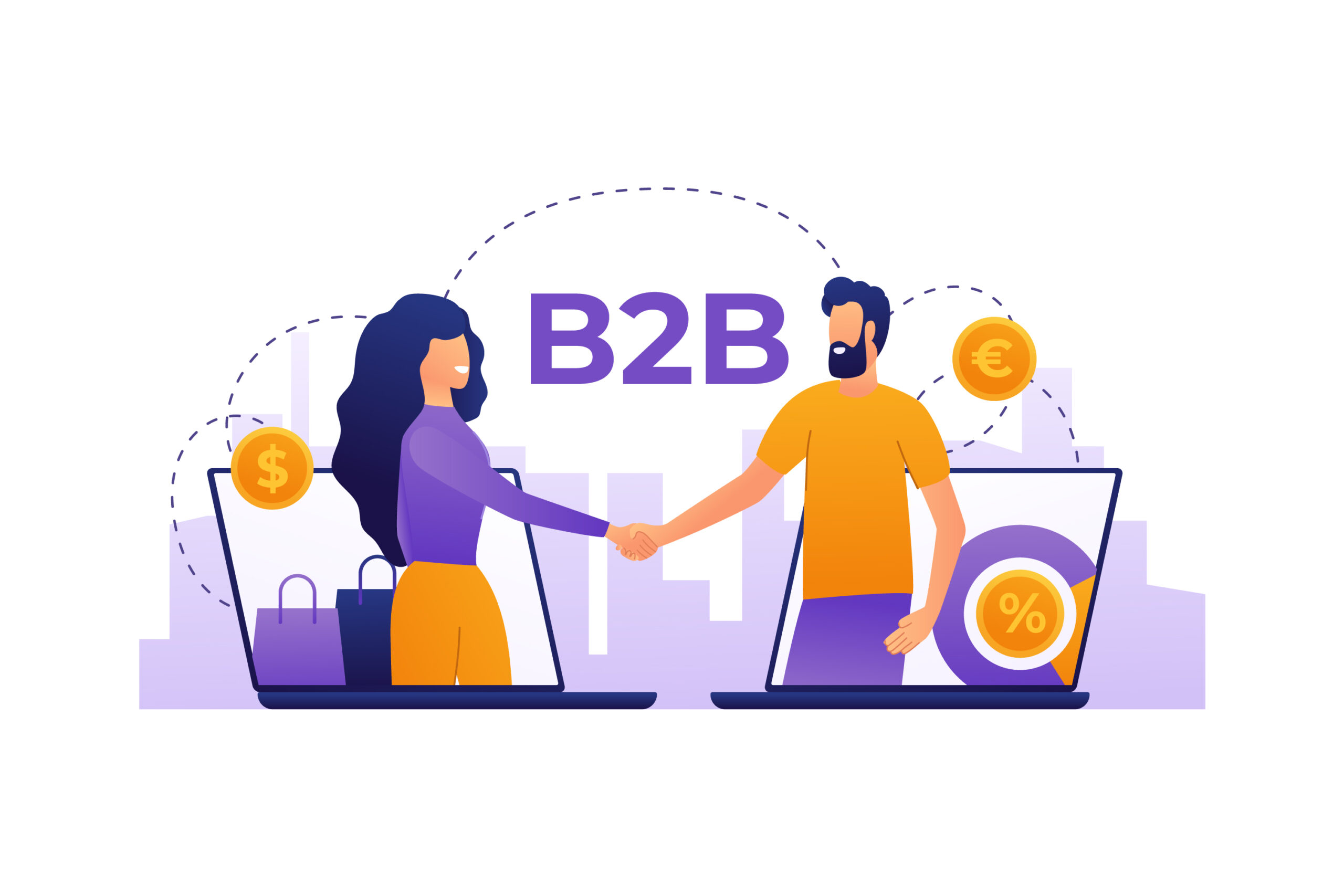The Life of a B2B Lead Generation Expert Sales cycles are lengthy, decisions are complicated, and it can take months to build trust. But what if instead you could engage your existing customers, partners, and network, and enlist them as active participants in your growth? That’s precisely what B2B referral marketing aims to achieve. It’s not just an overused industry term; it’s a tested tactic for driving leads, increasing conversions and building relationships.
Keep reading for the lowdown on B2B referral marketing — what it is, why it’s good news, how to build a killer B2B referral program, what tools to use, and for some real-world examples of companies wowing with a referral approach. Marketer, sales pro, or business owner, you’ll leave here knowing how to make referral marketing work for you.
What is B2B Referral Marketing and Why Is It Important?
B2B referral marketing uses your current customers, clients, or business partners to recommend new prospects to your business. In simple terms, it means taking happy customers and converting them into brand ambassadors who promote your business to their professional connections.
Why is this so valuable? Because a peer recommendation is worth hundreds of cold sales pitches. Nielsen 92% of people trust referral from people that they know, making referrals one of the most trusted forms of advertising. In a B2B context, where reliability and trust is a crucial consideration when making a decision, this process is especially effective.
The Benefits of B2B Referral Marketing
Why should you prioritize referral marketing in your B2B strategy? Here are some key benefits that make it a game-changer:
1. Higher Lead Quality
Referral leads tend to be pre-vetted and highly relevant to your business. They come from a trusted source, which often means they’re already interested and better aligned with your offerings, saving time for your sales team.
2. Improved Conversion Rates
Referral leads don’t just trickle in; they convert. Studies show that referred customers have a 30% higher conversion rate than leads generated through other marketing channels.
3. Cost-Effective Growth
Unlike paid advertising or outbound campaigns, referrals don’t require constant investment to generate new leads. Once your referral program is up and running, satisfied customers can drive ongoing business growth for a fraction of the cost.
4. Strengthened Relationships
Referral marketing fosters deeper engagement with current customers by emphasizing their value to your business. Offering rewards and recognition to your advocates strengthens loyalty and creates long-lasting partnerships.
How to Build a Successful B2B Referral Program
Creating an effective referral program requires careful planning and execution. Here’s a step-by-step guide to get you started:
1. Define Your Ideal Referral
Start by identifying what a high-quality lead looks like for your business. Are you targeting small startups, enterprise-level companies, or specific industries? This clarity ensures the referrals you attract align with your goals.
2. Offer Compelling Incentives
People are more likely to participate in a referral program when there’s something valuable in it for them. Take time to consider your target audiences and what would motivate them. Rewards can include:
- Monetary bonuses or discounts
- Exclusive access to premium services
- Recognition within the community (e.g., shoutouts, awards)
For B2B programs, rewards like account upgrades or joint promotional opportunities often work better than generic incentives.
3. Simplify the Process
Make it incredibly easy for advocates to refer others to your business. Create streamlined systems where participants can share referral links, invite colleagues, or submit referrals in just a few clicks.
4. Communicate the Value
Explain your program clearly to potential advocates. Show them the benefits of participation, and emphasize how referrals not only reward them but also help their own network by connecting them to a valuable solution.
5. Track and Measure Performance
To optimize your program over time, you need to track metrics like:
- Number of referrals generated
- Conversion rates of referred leads
- Value delivered to your business (e.g., revenue)
Use these analytics to refine your strategy and maximize performance.
6. Recognize Top Referrers
Public recognition in the B2B world can go a long way. Highlighting your top advocates in case studies, newsletters, or social media makes them feel valued and encourages further participation.
Tools to Manage and Track Referrals
Managing a referral program doesn’t have to be complicated. Here are some top tools to help you track and optimize results:
- Referral Rock: Offers robust features for B2B referral programs, including custom automation and analytics.
- Ambassador: Ideal for managing large-scale referral campaigns with real-time reporting.
- HubSpot CRM: Integrate referral tracking with your sales and marketing efforts seamlessly.
- GrowSurf: Simplifies the process for participants while offering in-depth tracking and analytics for managers.
- Rafflecopter (for smaller businesses): Great for light referral programs with built-in rewards and simple social integrations.
Success Stories in B2B Referral Marketing
Dropbox Business
Known for their wildly successful referral program for consumers, Dropbox applied the same model to their business solution. They offered additional storage space as an incentive for every successful referral, gaining a loyal customer base with minimal cost.
Slack
This referral-like strategy contributed to Slack’s early growth among businesses. By improving their products and user experience based on what their existing businesses needed, and through team-based promotions, these users spontaneously brought new customers into the platform without any formal incentives!
HubSpot
Agencies and consultants can make money by optimizing businesses’ inbound marketing strategy with HubSpot through the HubSpot partner referral program, which benefits agencies and consultants who help bring on new software users. Create a two-sided advantageBoth sides benefit from each deal that makes it through the door — both HubSpot and its referring partners.
At the very general end of the spectrum, these examples show how well-designed referral programs can definitely lead to stellar growth, even in the more grudge-pushing B2B game.
Elevate Your Marketing with Referrals
For B2B organizations, referral marketing is more than just an optional add-on — it’s fast becoming an essential strategy for building sustainable growth. The key to success lies in building trust within your networks and harnessing the power of social proof to create a referral program that generates quality leads and propels revenue.
It is the perfect time to start building or refining your B2B referral program. Start by finding who your ideal advocates are, providing them with meaningful incentives, and using the right tools to measure your success.
Need assistance with that referral marketing strategy? Reach out now for tailored advice and discover how advancing referrals can take your business to new heights










